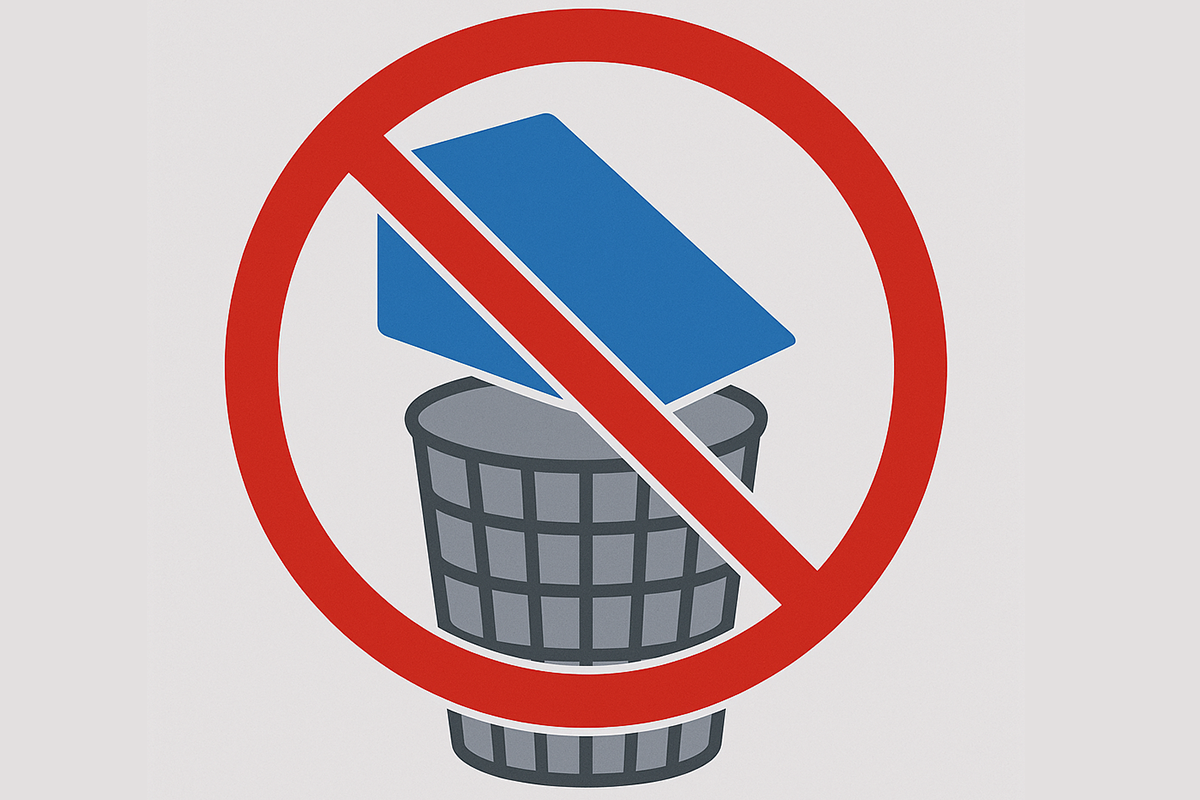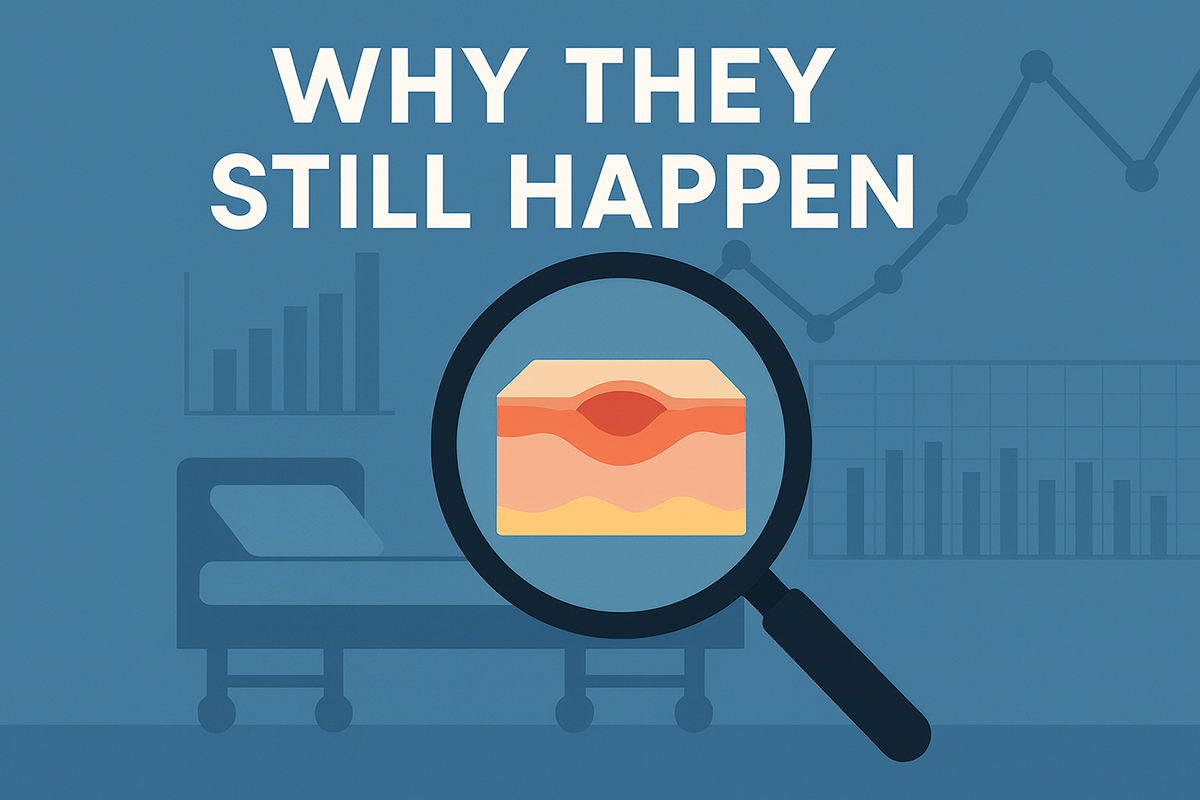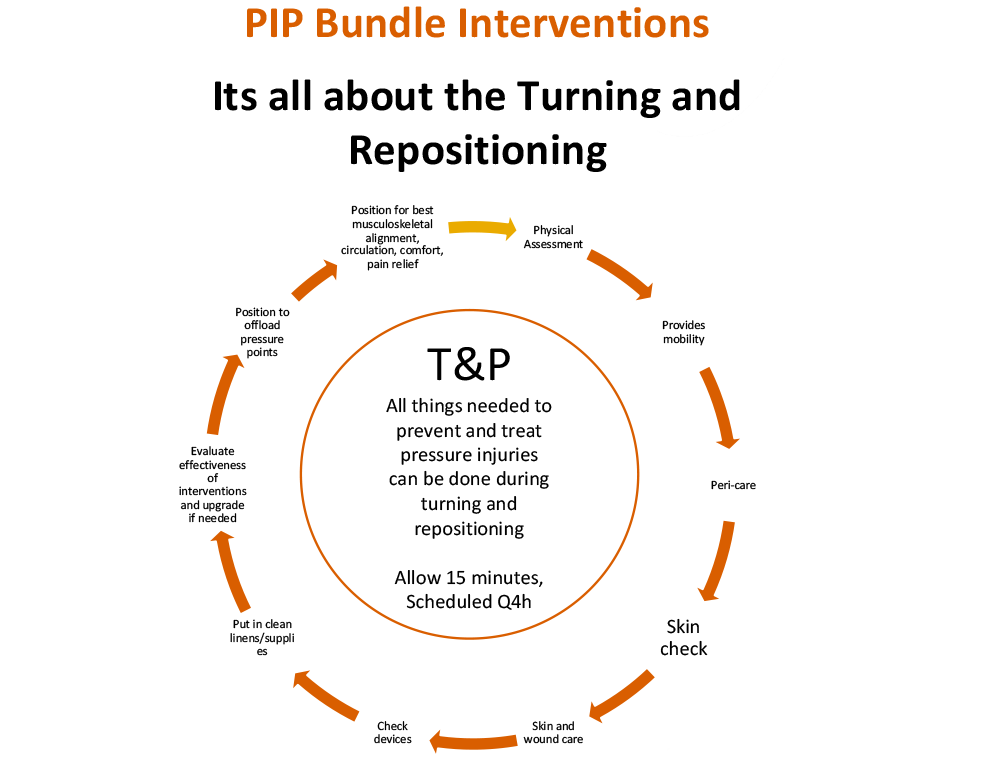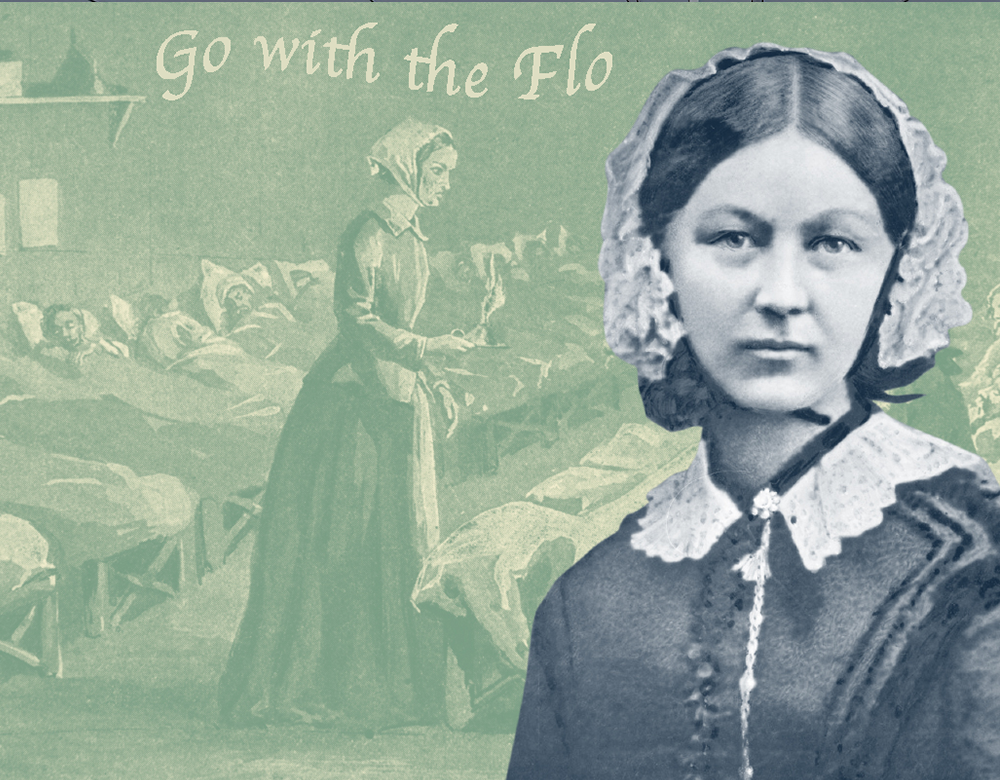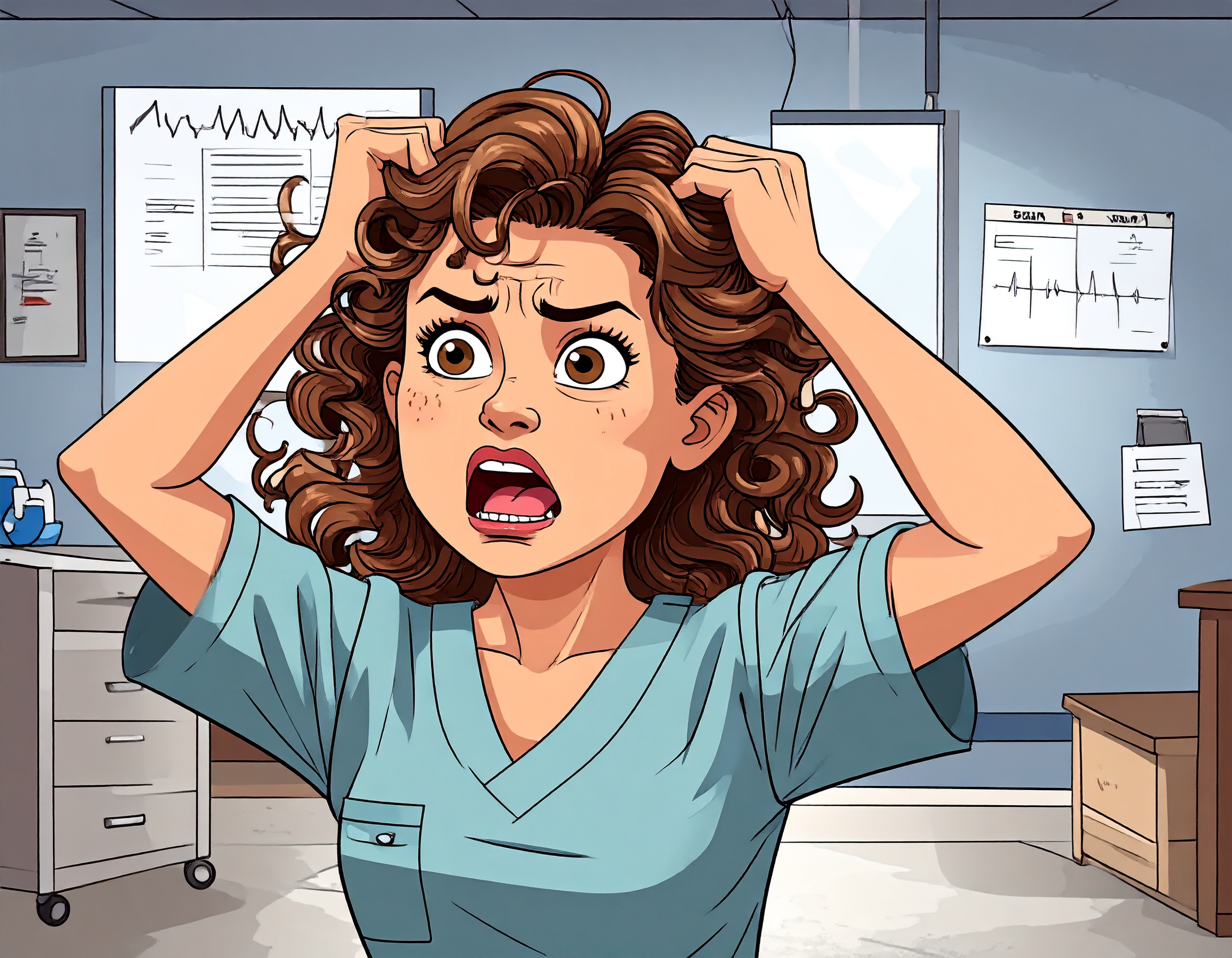Reusable vs. Disposable Wedges: The Hidden Cost Hospitals Can’t Afford to Ignore
Pressure injuries remain one of the most expensive and frustrating problems in healthcare. Every hospital knows the stakes. Patients suffer, caregivers feel the strain, and costs mount quickly. Yet many...
Read More
Why Pressure Injuries Still Happen: Understanding the Scope and Risk Factors?
As of 2016, it was estimated that 2.5million people contract a pressure injury. Over 60,000 Die from pressure injury related complications From 2016 to present, the rate of pressure...
Read More
Why are hospitals so interested in Prevention Pressure Injuries
We dug into the latest research on pressure injuries—and the numbers tell a sobering story. The familiar ‘2.5 million cases per year’ is still widely cited, but the true burden is...
Read More
Turning & Positioning (T&P) Clinical Training Handout
Turning and repositioning (T&P) is not just about moving a patient—it is the cornerstone of pressure injury prevention and treatment. When performed intentionally, T&P becomes a bundled 15- minute intervention...
Read More
Florence Nightingale and the History of Caregiving, Skin Care, and Pressure Injury Prevention
“If he has a bedsore, it's generally not the fault of the disease, but of the nursing” - Florence Nightingale, 1859 Although pressure injuries have been happening to people since...
Read More
Why Are Pressure Injuries Harder to Prevent Than Other Hospital-Acquired Conditions?
Pressure injuries remain one of the most preventable hospital harms—so why do they keep happening? Unlike many hospital-acquired conditions (HACs), such as central line–associated bloodstream infections (CLABSIs) or catheter-associated urinary...
Read More
